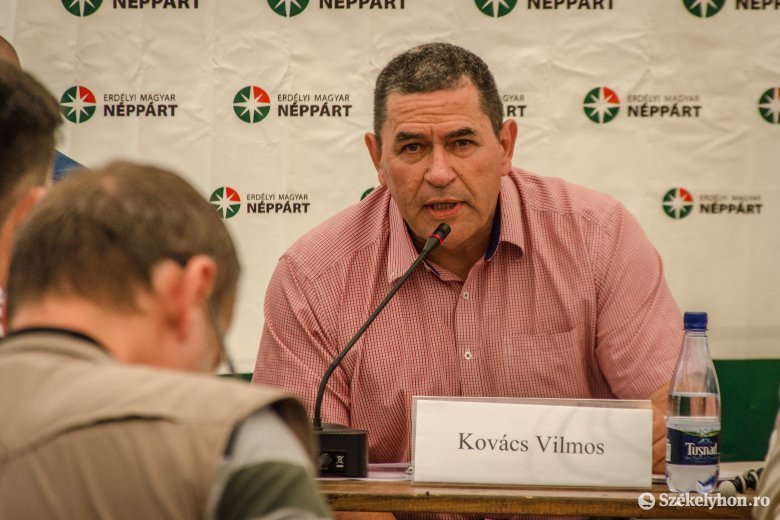One of the highly anticipated discussions during the Tusványos summer camp was that about the Úz Valley military graveyard, and it wasn’t without its surprises: five of the eleven Romanian soldiers the Romanian government claims to be resting there were citizens of the Hungarian Kingdom, and a report from 1941 written by Romanians backs up the Hungarians’ data.
The news was shared by Colonel Vilmos Kovács (via Székelyhon), commander of the Institute and Museum of Military History, and leader of the Hungarian delegation in Bucharest that sat down at the negotiation table with the Romanian delegation on June 26. As we previously reported, the talks were initiated by the Romanian government after a group of far-right-wing extremists, in collaboration with Orthodox priests, broke into the Úz Valley military graveyard and forcefully inaugurated the illegally erected memorial and concrete crosses placed on top of the remains of the Austro-Hungarian soldiers.

Kovács highlighted a quite interesting aspect of the talks: the Romanian delegations started their talks by naming 149 soldiers, then dropped this number to 22 and finally to just 11.
Of the 11 soldiers mentioned by the Romanian delegation (eight soldiers are named, while other three are unknown), five were citizens of Romanian nationality of the Hungarian Kingdom, Colonel Kovács says, and the Hungarian delegation has documents to support its claim.
The Hungarian delegation arrived in Bucharest with pictures, documents, and line diagrams, Kovács said. “During the discussions, we pointed to our documents showing that the military graveyard was established in October 1916, but the Romanian side claimed it was 1926. There is a sketch of the cemetery from 1917, however, which clearly shows that the cemetery was there and that soldiers of the 39th Infantry Regiment were buried there.”
Between 1926 and 1927 the military graveyard was extended as Romanians mopped up several smaller cemeteries in the region and buried the exhumed remains of soldiers in the Úz Valley cemetery. This is how the graveyard got its final shape, which is also documented by a draft drawing stating that remains of 1197 soldiers are resting there, of which at least two-thirds, but probably three-quarters, were Hungarian soldiers.
The situation is also backed up by a recently uncovered document dating from 1941 and issued by Romanians, which quantifies the number of fallen heroes in all cemeteries found in Northern Transylvania. This document clearly states that the situation recorded in 1926 – which was accepted in 1926 by the Romanian government – didn’t change in 1941.
Kovács maintains the Hungarian government’s position that the cemetery must be restored to its original condition, based on the agreement in place signed by both countries, which clearly sets the rules for both involved parties.
Title image: Illegally erected concrete crosses in the Úz Valley military graveyard. Photo: István Fekete